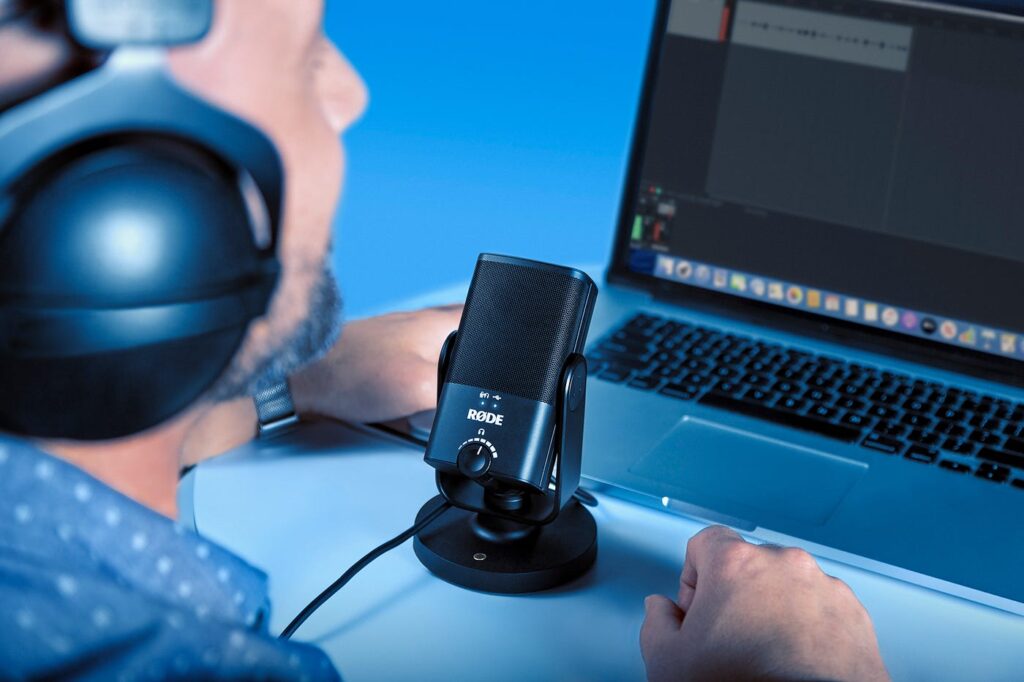
Getting Mic’d and Ready to Go!
There’s a true difference between delivering your message in person, and doing it over any type of remote technology.
I learned this myself when I did my first “live hit” for television and a brand new weather broadcaster, fresh out of college, way back in the year 2000! (I’m pretty sure the old school “grunge band” Silverchair had a song about that year, but I digress)…
The bottom line was, I was already an “above average” speaker and communicator, otherwise I would never of been granted to go on air by that television station. (Especially back then, even “small market” television jobs were highly competitive and you had to show real promise as a broadcaster on your “demo tape” in order to be selected for any on-air slot.
Speaking of that “demo tape,” (this was way before could just send a YouTube link as today), the process of practicing on camera, when not “live” or broadcast was an illuminating one to say the least.
You quickly learned, when watch yourself “played back,” just how off your energy was (you really need to bring it up on camera and for broadcast, in most cases to just a “notch below hyper).
But even once you could pull off a pretty good recorded take, or set of takes, it was only when you went “live,” and there was NO chance for a re-do, you really felt the nerves coming on!
For many, public speaking is already a tough job, they look out on the crowd of faces, often from a podium, and they feel those nerves coming on in a big way.
But for many others, (including myself), the initial process of “speaking to the camera” aka a a “piece of equipment” like it’s a human being or group of people (who are invisible on the other side of the lens) is an even stranger process.
Today, thankfully, many have had and continue to have the opportunity to get at least more comfortable (and in certain remote jobs, far more repetitions) at “going live” on camera. Sometimes this may be to a large corporate group, and sometimes it may be just “one on one” (such as in a video job interview or a virtual sales appointment).
But regardless, some fundamental rules I learned in years of live television can help you deliver your message far more effectively in these situations.
-Prepare at least an outline / “bullet point” set of what you want / need to cover when it’s your time to speak.
-Energy check. Caffeine is your friend, especially on-camera or even more so by remote audio!
-Ensure good lighting on your face / upper body and a decent (non-distracting) backdrop if going on camera. (Test this with your camera / short video recording with some time to spare to fix any issues in advance).
-Ensure you have a proper audio set up! (A quality mic to receive your voice, as well as to listen without creating background noise through your mic). Test this with a short recording and audio playback in advance with time to spare to fix any issues).

For more tips on how to deliver your message remotely, check out the Mic’d and Ready Podcast, launching soon both here on site and also on all major podcast feeds!